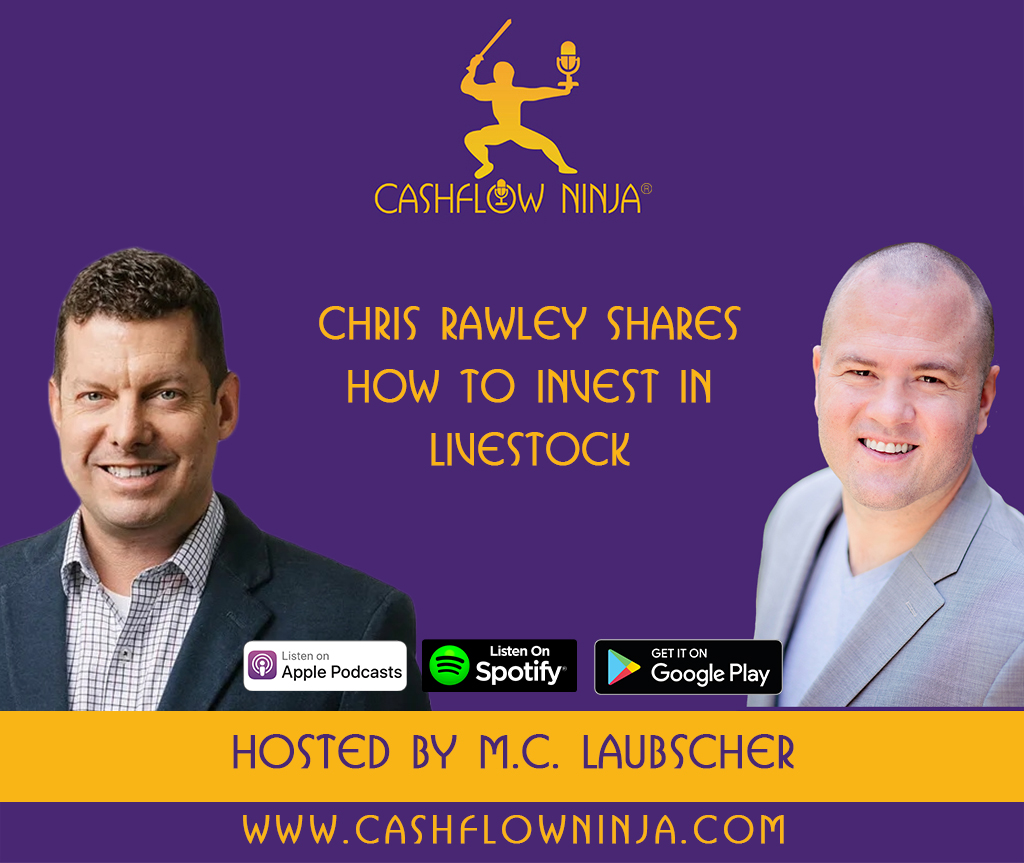
Fine art as an investment asset class refers to acquiring artworks to hold them as a long-term investment rather than for immediate enjoyment or use. This investment typically includes paintings, sculptures, drawings, photographs, and other works by established or emerging artists. The idea is to purchase art that will appreciate over time, providing a financial return when eventually sold.
Why Invest In Fine Art?
For several reasons, investors are drawn to fine art, making it a unique and appealing asset class for diversification and potential financial gain. One of the primary reasons for investing in fine art is diversification. Unlike traditional assets like stocks and bonds, the performance of the art market is generally not correlated with these markets, offering a buffer during economic downturns. This means that even when the stock market is underperforming, the value of art might remain stable or unaffected.
Artworks, especially those by well-known or historically significant artists, have the potential for substantial appreciation in value. Factors driving this appreciation include:
- The artist’s growing reputation.
- The rarity of their works.
- Shifts in art market trends.
As a tangible asset, art can also act as a hedge against inflation. As the value of money decreases, art can maintain or increase its value.
Beyond the financial aspect, fine art possesses cultural and aesthetic values. Investors often find personal satisfaction in owning and displaying art. A sense of prestige is also associated with having a substantial art collection. In some jurisdictions, art investments can provide tax advantages, such as exemptions from capital gains tax or benefits in estate planning to minimize inheritance taxes.
The dynamics of the art market itself sometimes present opportunities for substantial gains. Knowledgeable investors may identify undervalued artists or genres and invest in these before they gain wider recognition. Additionally, many art investors are driven by a passion for art itself. They enjoy collecting and learning about art, with their investment decisions often fueled by a genuine love for the artwork.
The Fine Art Ecosystem
The art market is a dynamic and multifaceted sector comprising various key players and stakeholders. It includes collectors who accumulate artworks based on personal taste, aesthetic value, or investment potential. Integral to this ecosystem are dealers and galleries, which act as vital intermediaries, connecting artists with buyers and often specializing in specific genres, periods, or artists. Prominent auction houses, such as Christie’s, Sotheby’s, and Bonhams, provide significant platforms for acquiring and selling art.
Navigating this intricate market requires expert guidance, often provided by art advisors. These professionals assist collectors and investors in making informed decisions when acquiring artworks. Additionally, art funds, collective investment vehicles, and aggregate capital to purchase art aim to generate returns for investors. Museums and cultural institutions play a crucial role in the art world by acquiring works for public exhibition, education, and the preservation of cultural heritage. The rise of online platforms has recently revolutionized the art market, making buying, selling, and even fractional ownership more accessible than ever.
Valuing art differs significantly from traditional assets like stocks or bonds, which generate regular cash flows. Art valuation is a more subjective process, influenced by the artist’s renown, provenance, historical significance, condition, rarity, and prevailing market trends.
Exploring the contemporary art world reveals several notable trends. Blockchain technology has propelled the growth of digital art and non-fungible tokens (NFTs), offering artists innovative ways to represent and monetize their work digitally. The concept of art securitization, which allows multiple investors to hold shares in a single piece of art through fractional ownership models, is democratizing access to the fine art market. Furthermore, globalization has significantly impacted the art investment landscape, with emerging markets becoming increasingly influential.
From a financial perspective, it is crucial to recognize that while many jurisdictions offer tax benefits for donating art to institutions, the sale of artwork can incur capital gains taxes. The regulatory environment surrounding art is complex, particularly concerning the international transport of artworks and compliance with various legal requirements.
How To Grow Cash
Investors in the fine art market have the potential to grow their cash and make money through a variety of strategic methods that involve buying, holding, and selling artworks. Success in art investment hinges on a deep understanding of the art market, an ability to discern potential value, and effective transaction timing. One of the primary ways investors profit from art investment is through capital appreciation. By purchasing artworks expected to rise in value over time, investors can benefit from factors such as an artist’s growing reputation, market trend shifts, or the piece’s rarity and historical importance. When the artwork’s value increases, it can be sold for a profit.
Another avenue for art investment is through art funds. These funds collect capital from multiple investors to acquire a varied portfolio of artworks. Managed by professionals, these funds buy and sell art, distributing the profits as dividends to the investors. Renting artworks to businesses like corporations or hotels offers another income stream, allowing the artwork to appreciate while generating regular income.
The emergence of fractional ownership platforms has introduced a new way to invest in art. Investors can buy shares in an artwork, benefiting from its appreciation without complete ownership. Upon the sale of the artwork, profits are shared among the shareholders in proportion to their stake. Art investments can also provide tax benefits in some jurisdictions, such as reduced capital gains taxes. Additionally, donating art to museums or institutions can lead to tax deductions.
Savvy investors may exploit arbitrage opportunities, purchasing art at a lower price in one market to sell at a higher price in another, requiring extensive knowledge of different art markets and quick decision-making. Fine art can also be a valuable component of an estate, appreciating over generations and serving as a long-term investment passed down through families.
How To Lose Money
Like any form of investment, investing in fine art carries certain risks, and investors might incur financial losses in multiple ways. A critical aspect of art investment is understanding and managing these risks. One of the primary concerns is market volatility and uncertainty; the art market is known for its unpredictability, with changes in art trends, economic downturns, or shifts in collector preferences potentially negatively affecting the value of artworks.
Art is an illiquid asset, so selling quickly at a desired price can be difficult. This lack of liquidity can be particularly problematic in urgent cash-need situations or during slow market periods. Additionally, transactions in the art world often come with high costs, including auction fees, dealer commissions, and insurance expenses, which can significantly reduce any potential profits.
The value of art is heavily reliant on its authenticity and provenance. Doubts or disputes regarding these aspects can drastically diminish an artwork’s value—moreover, the physical condition of art and the costs associated with its preservation present risks. Artworks can deteriorate or become damaged over time, and restoration can be expensive, sometimes reducing the artwork’s value.
Navigating the art market successfully requires a certain level of expertise. Misjudgments or lack of knowledge about art trends, artists’ reputations, or market dynamics can lead to poor investment decisions. They are overpaying for artworks, whether due to emotional buying, insufficient market knowledge, or misguided advice. They can also result in financial losses if the piece cannot be resold at a higher price.
Ongoing expenses such as insurance and storage costs for art can be substantial, impacting the overall return on the investment. The art market is also susceptible to fraud and forgeries, and investing in counterfeit artworks can lead to significant financial losses. Lastly, market saturation is a risk; investing in currently famous artists or genres might backfire if the market becomes oversupplied, causing a decline in value.
Positives & Negatives Of Fine Art
Positives:
Diversification: Fine art offers an opportunity to diversify your investment portfolio beyond traditional assets.
Tangible Asset: Unlike some investments, art is physical. This can provide a sense of security and comfort to investors.
Cultural and Aesthetic Value: Art goes beyond financial value. It contributes to personal enjoyment and societal prestige.
Historical Appreciation: Certain pieces or genres of art have historically appreciated, offering potential capital gains over the long term.
Potential for High Returns: Investing in emerging artists before they gain widespread recognition can lead to substantial returns.
Tax Benefits: Art investments may qualify for tax incentives or benefits, mainly when donated to museums.
Store of Value: Fine art, especially renowned pieces, can serve as a store of value during economic downturns.
Negatives:
Illiquidity: Art is not easily converted to cash. Selling a piece may take time, mainly if you aim for the best price.
High Entry and Exit Costs: Buying art often involves additional expenses like auction fees and commissions. Selling can also incur substantial fees.
Storage and Maintenance: Proper storage and maintenance are necessary to preserve the condition of artworks, which can result in additional costs.
Authenticity and Provenance Concerns: Verifying authenticity is crucial since there are instances of art forgery. The history of ownership can also impact a piece’s value.
Subjectivity in Valuation: Art valuation can be subjective and influenced by trends, personal preferences, and expert opinions.
Market Fluctuations: The art market can be unpredictable, changing tastes and trends.
Lack of Dividend: Art does not generate regular income or dividends, unlike some investments. Returns are realized only upon selling the artwork at a profit.
Need for Expertise: Successful art investing often requires knowledge and expertise in the art market.
Investment Opportunity Filter™
The Investment Opportunity Filter™ evaluates an investment opportunity based on cashflow, tax benefits, appreciation, and the leverage it provides.
Fine art scores a 3/4 with The Investment Opportunity Filter™.
Fine art has excellent tax benefits and has the ability to increase significantly in value. It also allows for leveraging others’ skill sets, capabilities, networks, and capital.
Download all the Niches Trilogy Books:
The 21 Best Cashflow Niches
Digital: https://www.
Audio: https://podcasters.spotify.
The 21 Most Unique Cashflow Niches
Digital: https://www.
Audio: https://podcasters.spotify.
The 21 Best Cash Growth Niches
Digital: https://www.
Audio: https://podcasters.spotify.
Listen To Cashflow Ninja Podcasts:
Cashflow Ninja
https://podcasters.spotify.
Cashflow Investing Secrets
https://podcasters.spotify.
Cashflow Ninja Banking
https://podcasters.spotify.
Share This
Related

840: Chris Rawley: How To Invest In Livestock
My guest in this episode is Chris Rawley. Chris is a retired Navy Reserve Captain, founded Harvest Returns in 2016 to democratize agricultural investments. During his 30-year military career, Rawley served in leadership roles across naval, expeditionary, and joint special operations units, deploying to regions such as Afghanistan, Iraq, Africa, the Middle East, and the…

839: Louis O’Connor: The Exciting Trends For Rare Earth Metals Right Now
My guest in this episode is Louis O’ Connor. Louis is the Founder, and Principal of Strategic Metals Invest. We are the only industry supplier in the world to offer private investors the option to purchase and profit from owning Strategic Metals. The investment play is exactly the same paradigm as investing in Precious Metals,…

838: Michael Cobb: How To Buy Your Home Overseas And Get It Right The First Time
Our guest today is Mike Cobb, co-founder & CEO of ECI Development and President of Gran Pacifica. Named among the “100 Outstanding CEOs in Central America” by Mercados & Tendencias, Mike left a successful career in the computer industry to pursue opportunities in the emerging real estate markets of Central America. In 1996, he co-founded…
